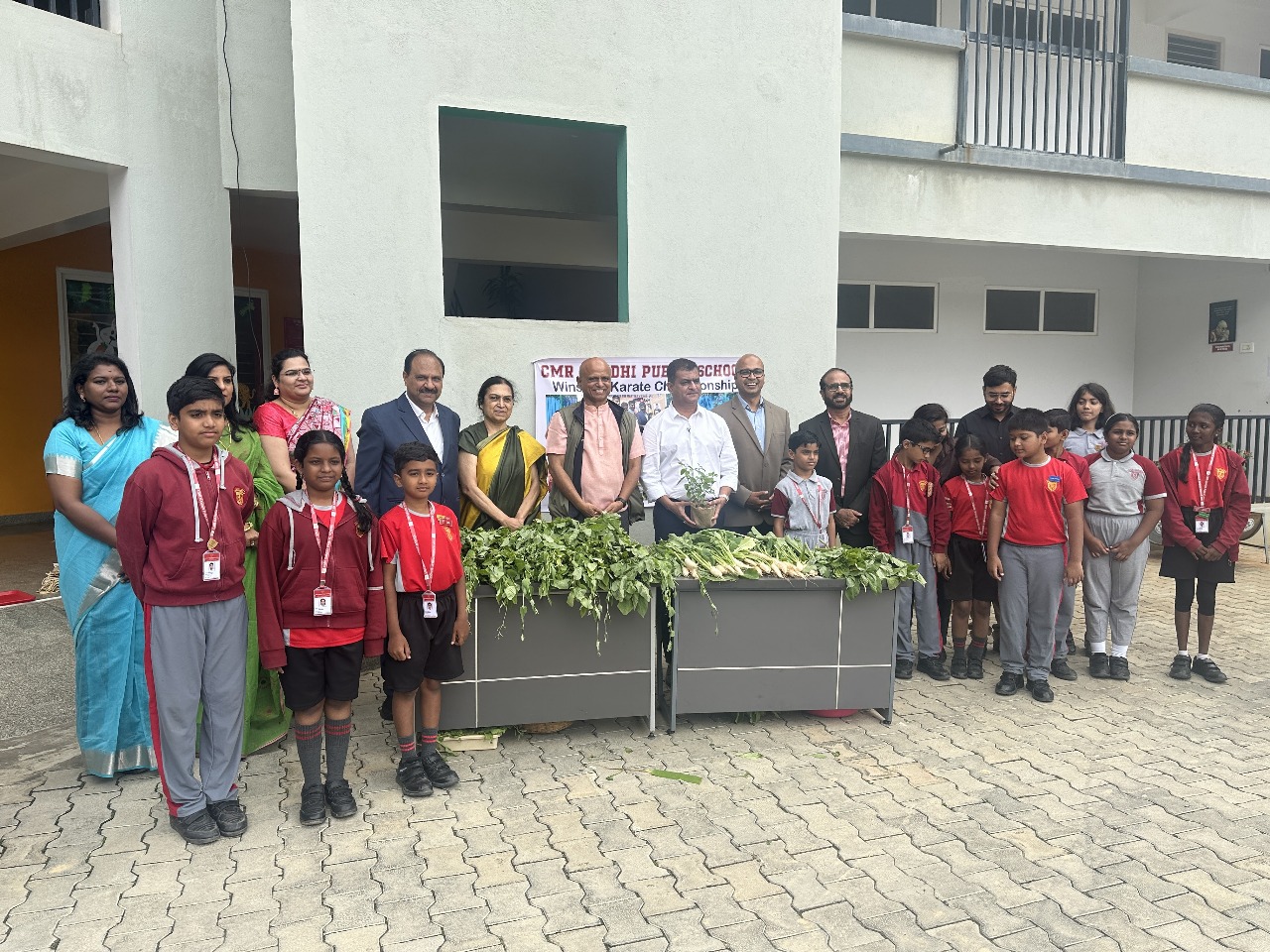The advent of artificial intelligence (AI) has revolutionised numerous sectors, offering unprecedented advancements and efficiencies. However, this technological evolution has also introduced alarming challenges, particularly in the realm of online child exploitation. The misuse of AI to generate child sexual abuse material (CSAM) has emerged as a pressing concern, necessitating immediate attention and action from policymakers, educators, parents, and the tech industry.
Understanding AI-Generated Child Sexual Abuse Material
AI-generated CSAM refers to sexually explicit content created using artificial intelligence algorithms that depict children. These images or videos, often termed “deepfakes,” are synthetically produced yet appear highly realistic. The Internet Watch Foundation (IWF) reported a significant increase in such material, highlighting the ease with which offenders can exploit AI tools to create and disseminate harmful content. Internet Watch Foundation
The Mechanics of Deepfakes
Deepfakes are created by training AI models on vast datasets of images and videos. The AI learns to generate new content by mimicking the patterns and features of the input data. With the proliferation of open-source tools and user-friendly applications, individuals with minimal technical expertise can produce convincing deepfake content. This accessibility raises significant concerns about the potential for misuse, particularly in creating exploitative material involving minors.
The Escalating Threat Landscape
The National Center for Missing & Exploited Children (NCMEC) has observed a troubling rise in reports related to AI-generated CSAM. In 2023 alone, NCMEC’s CyberTipline received 4,700 reports of such content, underscoring the rapid proliferation of this issue. This surge indicates that as AI technology becomes more sophisticated and accessible, its potential for abuse in creating exploitative content grows correspondingly.The GuardianMissing Children Centre+4Missing Children Centre+4The Guardian+4
Psychological and Societal Impacts
The creation and distribution of AI-generated CSAM have profound psychological effects on victims, including trauma, anxiety, and a sense of violation. Even when the content is entirely synthetic, it can perpetuate harmful stereotypes, normalise abusive behavior, and contribute to a culture that trivializes child exploitation. Furthermore, the existence of such material complicates efforts to combat child abuse, as it diverts resources and attention from identifying and assisting real victims.Missing Children Centre
Legal and Regulatory Challenges
Addressing the menace of AI-generated CSAM presents complex legal challenges. Traditional legal frameworks may not adequately encompass the nuances of AI-generated content, leading to gaps in enforcement and prosecution. In response, some jurisdictions are taking proactive measures. For instance, the United Kingdom has introduced legislation to criminalise the possession, creation, or distribution of AI-generated explicit images of children, recognising the evolving nature of online child sexual abuse. Reuters
The Indian Context
In India, existing laws such as the Protection of Children from Sexual Offences (POCSO) Act, 2012, and the Information Technology Act, 2000, address various forms of child exploitation. However, these statutes do not explicitly cover AI-generated CSAM, highlighting the need for legislative updates to tackle emerging digital threats effectively. Legal scholars emphasise the urgency of reforming laws to encompass the challenges posed by AI-driven exploitation.
The Role of Educational Institutions
Schools play a pivotal role in safeguarding children against online exploitation. By incorporating digital literacy and online safety into the curriculum, educational institutions can empower students to navigate the digital world responsibly. At CMR Gandhi Public School, we are committed to educating our students about the potential dangers of AI and online platforms. Our initiatives include:
- Good Touch Bad Touch Workshops: Teaching students to recognise and respond to inappropriate behavior.
- Digital Literacy Programs: Equipping students with the skills to identify and report online threats.
- Counseling Services: Providing support for students who encounter online exploitation or harassment.
Empowering Parents and Guardians
Parents and guardians are essential partners in protecting children from digital exploitation. By fostering open communication, setting clear boundaries for online activities, and utilising parental control tools, they can create a safer digital environment at home. Organizations like NCMEC offer resources to help parents understand and mitigate the risks associated with AI-generated content. Missing Children Centre
Conclusion
The rise of AI-generated child sexual abuse material represents a significant challenge in the digital age. Combating this threat requires a collaborative effort involving legal reforms, technological solutions, educational initiatives, and active parental involvement. By staying informed and vigilant, we can work together to protect children from the evolving dangers of AI-driven exploitation.









